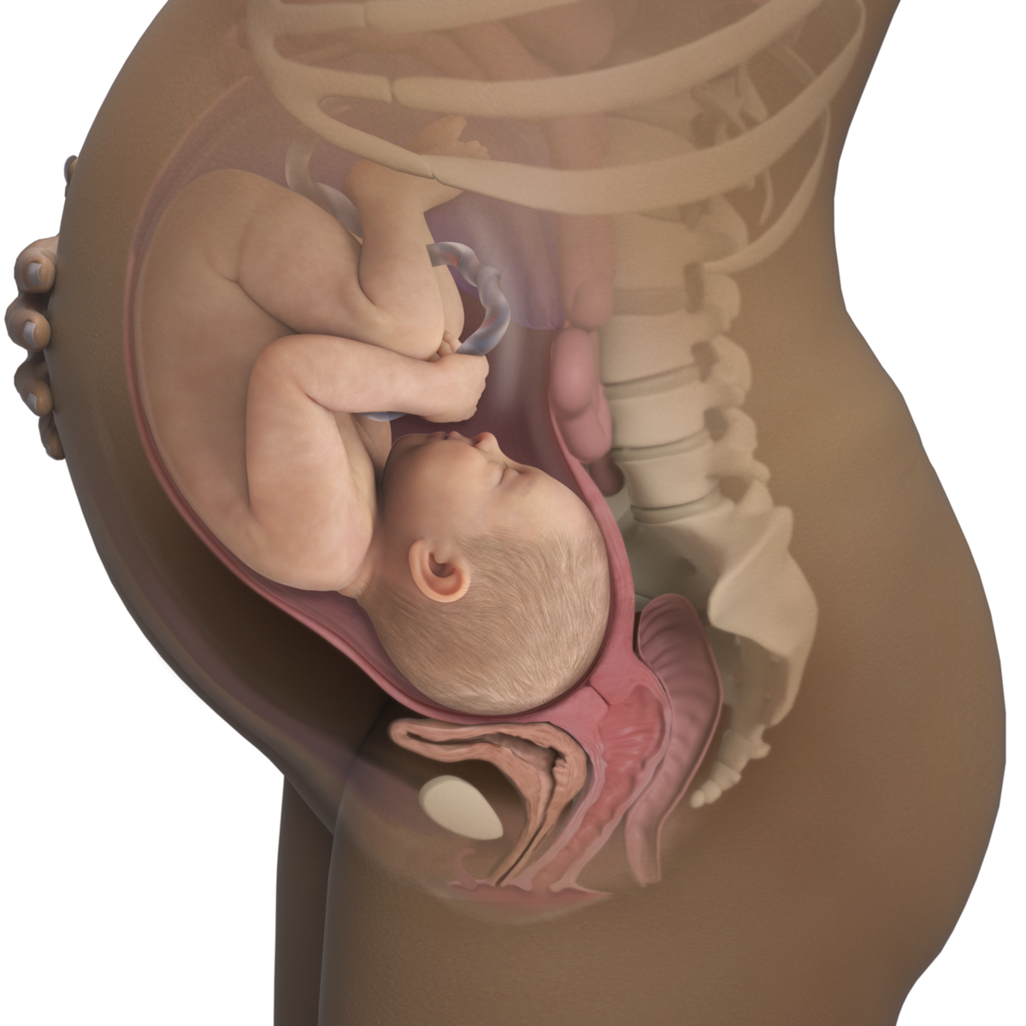
Highlights this week

Baby development at 39 weeks



Your baby is as heavy as a mini-watermelon.





BabyCentre's editorial team is committed to providing the most helpful and trustworthy pregnancy and parenting information in the world. When creating and updating content, we rely on credible sources: respected health organisations, professional groups of doctors and other experts, and published studies in peer-reviewed journals. We believe you should always know the source of the information you're seeing. Learn more about our editorial and medical review policies.
Hill MA. 2019. Fetal development. University of New South Wales Embryology. embryology.med.unsw.ed.auOpens a new window [Accessed December 2019]
MacLean JE, Fitzgerald DA, Waters KA. 2015. Developmental changes in sleep and breathing across infancy and childhood. Paediatr Respir Rev 16(4):276-84. www.sciencedirect.comOpens a new window [Accessed December 2019]
Moore KL, Persaud TVN, Torchia MG. 2019a. Moore KL, Persaud TVN and Torchia MG. 2019b. Fetal period: ninth week to birth. Chapter 6 in The developing human: clinically oriented embryology. 11th ed. Elsevier
Moore KL, Persaud TVN, Torchia MG. 2019b. Respiratory system. Chapter 10 in The developing human: clinically oriented embryology. 11th ed. Elsevier
NCCWCH. 2014. Intrapartum care for healthy women and babies. Updated February 2017. National Collaborating Centre for Women's and Children's Health, NICE clinical guideline, 190. www.nice.org.ukOpens a new window [Accessed December 2019]
NHS. 2017. Your baby's health and development reviews. NHS, Health A-Z, Pregnancy and baby. www.nhs.ukOpens a new window [Accessed December 2019]
RCPCH. 2017. The personal child health record (Red book). Royal College of Paediatrics and Child Health. www.rcpch.ac.ukOpens a new window [Accessed December 2019]
Tidy C. 2016. Neonatal examination. Patient, Professional Reference. patient.infoOpens a new window [Accessed December 2019]
Visembryo. 2014. 38 weeks post ovulation: abdomen is large and round as fetal liver is producing blood cells. www.visembryo.comOpens a new window [Accessed December 2019]
WebMD. 2019. Your newborn baby's breathing noises. WebMD, Parenting, Baby, Reference. www.webmd.comOpens a new window [Accessed December 2019]







